Tattoos are a form of body modification that has been around for centuries. They have been used for various purposes, including cultural identity, religious affiliation, and personal expression.
In the Viking Age, tattoos were a common form of body art among the Vikings. They were used to symbolize strength, courage, and loyalty to one’s tribe.
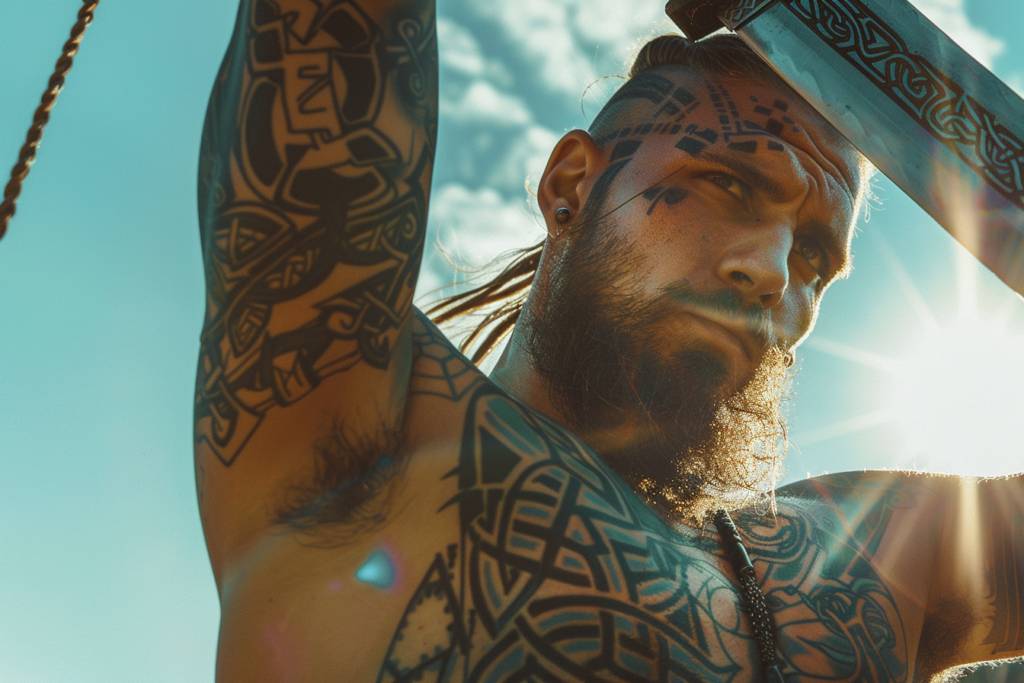
Tattoos were an important part of viking culture, and they were used to signify social status, religious beliefs, and personal accomplishments. The Vikings believed that tattoos had magical powers, and they were often used to protect the wearer from harm.
In this article, we will take a closer look at tattoos in the time of the Vikings. We will explore the history of tattoos in Viking culture, the different types of tattoos that were used, and what they meant to the people who wore them. We will also examine the role that tattoos played in Viking society, and how they were used to express identity and belonging.
Historical Evidence and Accounts
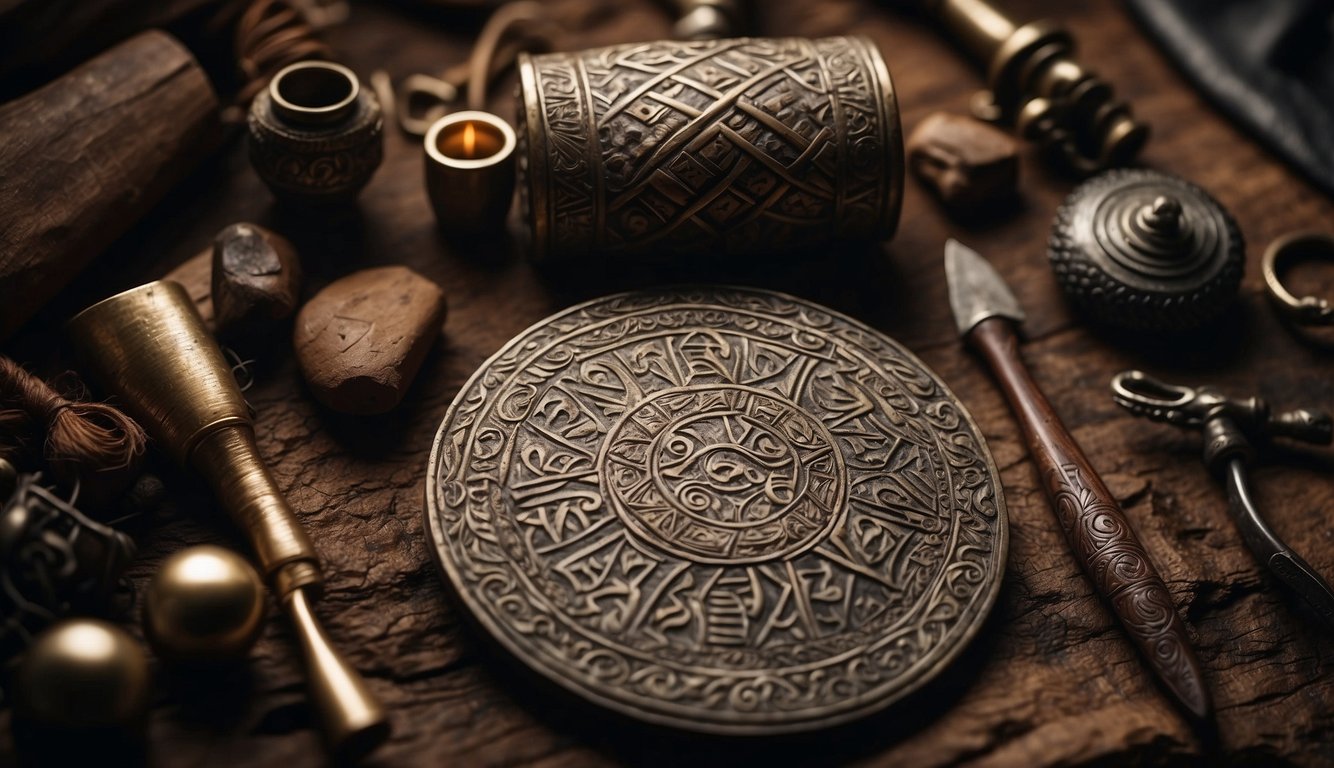
Ahmad Ibn Fadlan’s Encounter with the Rus Vikings
One of the most notable accounts of the Viking’s tattoo practices comes from the Arab traveler Ahmad ibn Fadlan, who encountered the Rus Vikings during his travels in the 10th century.
In his travelogue, he described tattoos on the bodies of Viking men. Although this is not conclusive evidence, it does suggest that tattoos were a part of Viking culture.
Archaeological Research and Written Records
Archaeological excavations in Scandinavia have revealed the remains of tattooed individuals, including a 1000-year-old female skeleton with tattoos on her chin and arms. However, these findings are relatively rare, and it is difficult to determine how widespread tattooing was in Viking society.
The Vikings did not maintain a comprehensive written record of their society and culture, which makes it challenging to understand their tattoo practices fully. Nevertheless, various historical accounts and archaeological findings suggest that tattoos were prevalent among the Vikings.
Viking Tattoo Symbolism and Meanings

Viking Mythology and Norse Gods
Viking tattoos are rich in symbolism and meaning, often drawing inspiration from Norse mythology and the gods worshipped by the Vikings. Odin, the god of war and wisdom, is a popular figure in Viking tattoos. His spear, Gungnir, and his two ravens, Huginn and Muninn, are frequently depicted in Norse-inspired body art.
Another prominent figure in Viking mythology is Thor, the god of thunder. His hammer, Mjolnir, is a popular tattoo design and is often associated with strength and protection.
Animals, Runes, and Norse Symbols
Animals also play a significant role in Viking tattoos, with wolves and ravens being particularly popular choices. These animals were believed to be the companions of Odin and were often associated with death and the afterlife.
Runes, the ancient writing system used by the Vikings, are also commonly used in tattoo designs. These symbols were believed to have magical properties and were used for divination and protection.
Other Norse symbols, such as the Vegvisir and the Helm of Awe, are also popular choices for Viking tattoos. The Vegvisir, also known as the “wayfinder,” was believed to guide travelers through rough weather and unfamiliar territory. The Helm of Awe, on the other hand, was a symbol of protection and was believed to grant its wearer invincibility in battle.
Finally, the Yggdrasil, or the “world tree,” was a central symbol in Norse mythology and is often depicted in Viking tattoos. It was believed to connect different realms of existence, including the world of the gods, humans, and the underworld.
Tattooing Techniques and Materials
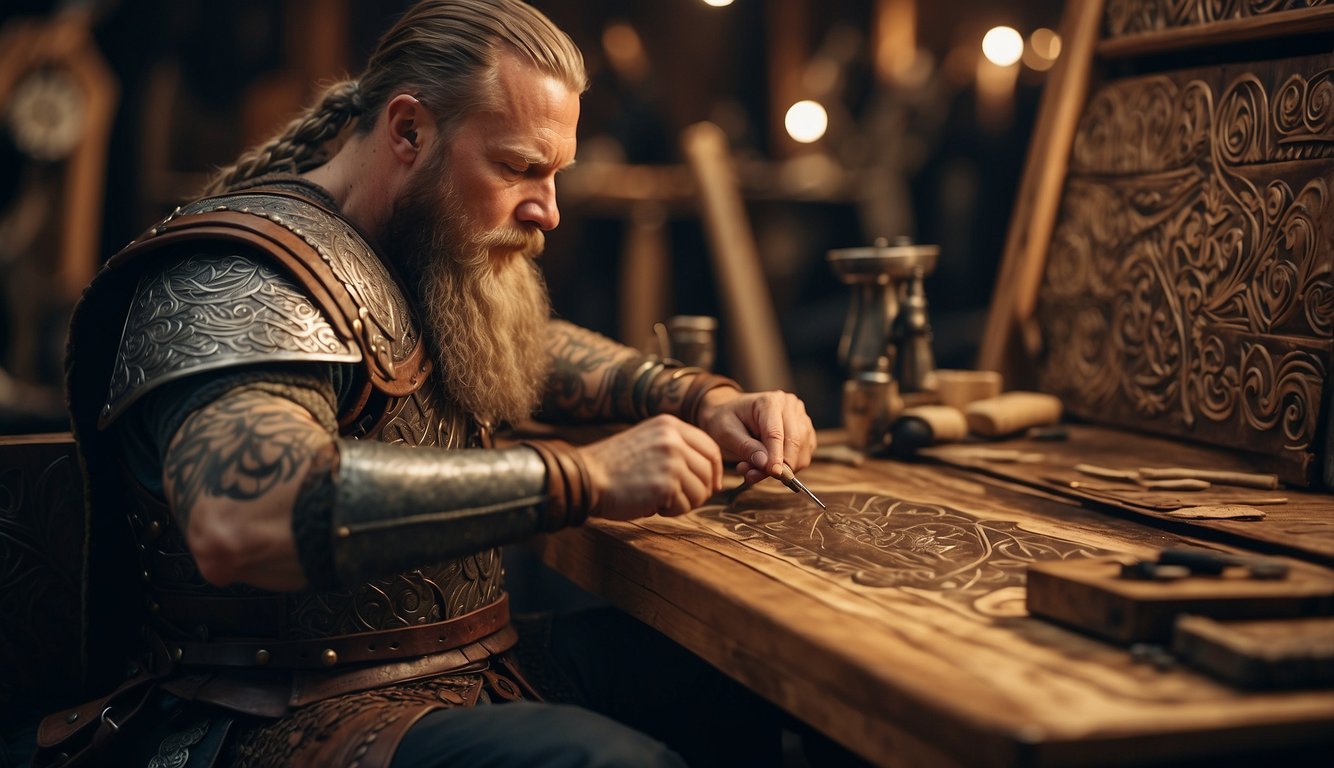
Tools and Inks Used in Viking Tattoos
Tattooing was a common practice among the Vikings, and the process often involved the use of crude tools and natural inks. The Vikings used a variety of tools to create their tattoos, including needles, wood ash, and animal bones. The needles were made from animal bones or sharpened sticks and were used to puncture the skin and deposit the ink.
The ink used in Viking tattoos was made from natural materials, such as wood ash and carbon. The ink was mixed with water or animal fat to create a paste that was then applied to the skin. The use of natural inks meant that the tattoos were often dark and faded over time.
The Role of Tattoo Artists in Viking Society
Tattooing was not just a form of body modification for the Vikings; it was also a way to express one’s identity and social status. Tattoo artists played an important role in Viking society and were highly respected for their skills.
Tattoo artists were often members of the warrior class and were responsible for creating tattoos that symbolized a warrior’s bravery and strength. The tattoos were often created during religious ceremonies and rites of passage, such as a young warrior’s first battle.
Cultural Significance and Identity

Tattoos have been a part of human culture for thousands of years, and the Vikings were no exception. In Viking culture, tattoos were used as a way to express personal identity, commemorate significant events, and mark one’s status in society.
Tattoos as Markers of Status and Beliefs
Viking tattoos were often used to mark one’s status in society. For example, a warrior might have a tattoo to show that he had participated in a successful raid, or a woman might have a tattoo to show that she was married. Tattoos were also used to express one’s beliefs. For example, a Viking might have a tattoo of a Norse god or goddess to show their devotion.
Influence of Viking Tattoos on Modern Body Art
Today, Viking tattoos are still popular. Many tattoo artists draw inspiration from the ancient Norse designs.
Modern Viking tattoos often incorporate traditional Viking symbols, such as the hammer of Thor or the Valknut. However, modern tattoo artists also put their own spin on the designs. They create unique and personalized tattoos that reflect the individual’s personality and beliefs.
Viking tattoos were an important part of Viking culture. They continue to be an important part of body art today. Whether you’re looking to express your identity, commemorate a significant event, or simply appreciate the beauty of Norse art, a Viking tattoo can be a powerful way to do so.

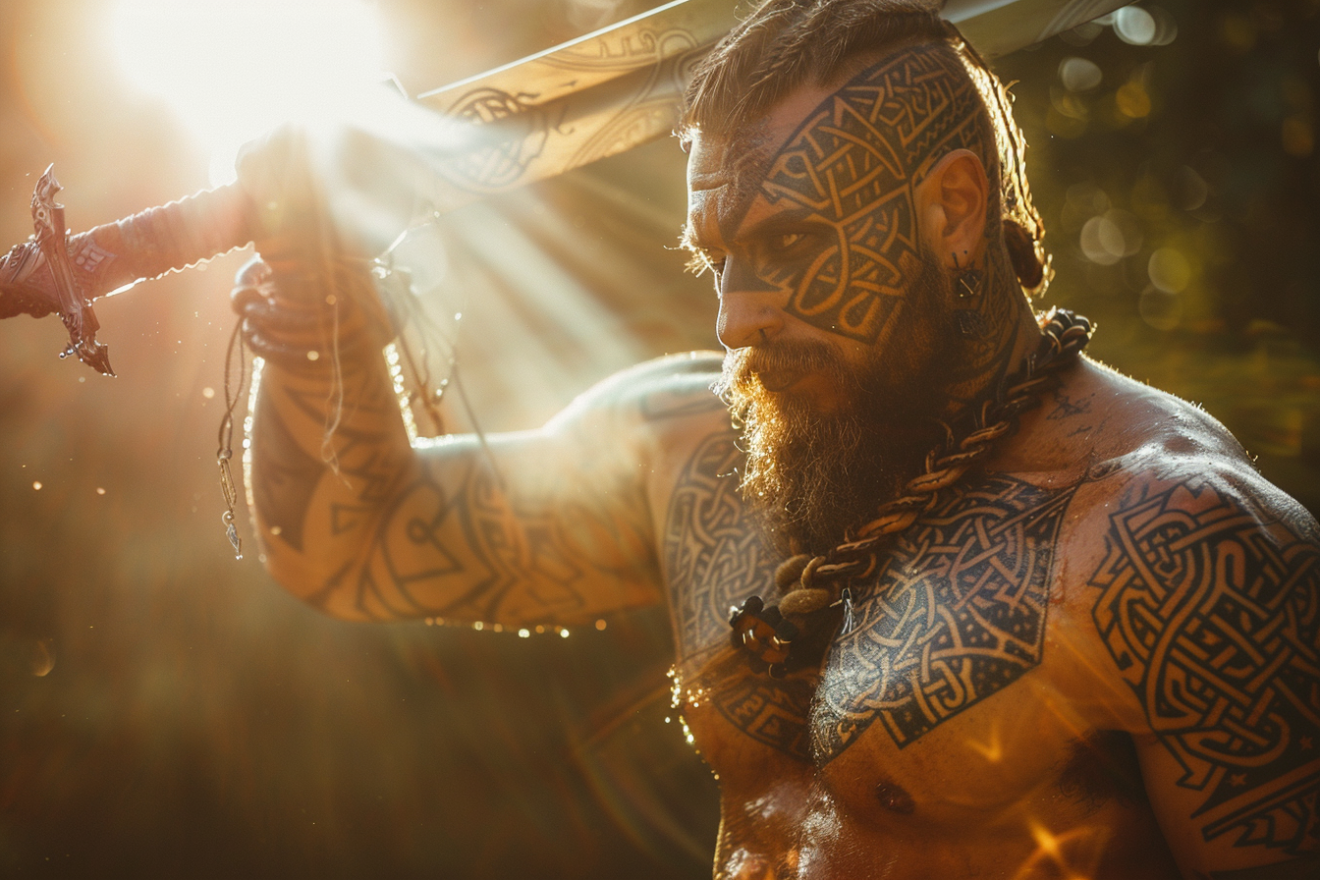
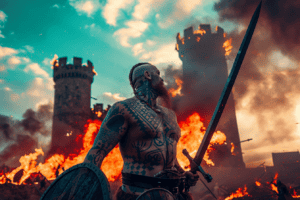
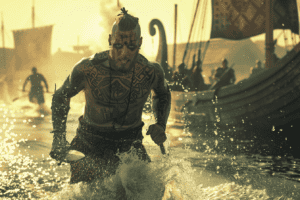






Add Comment